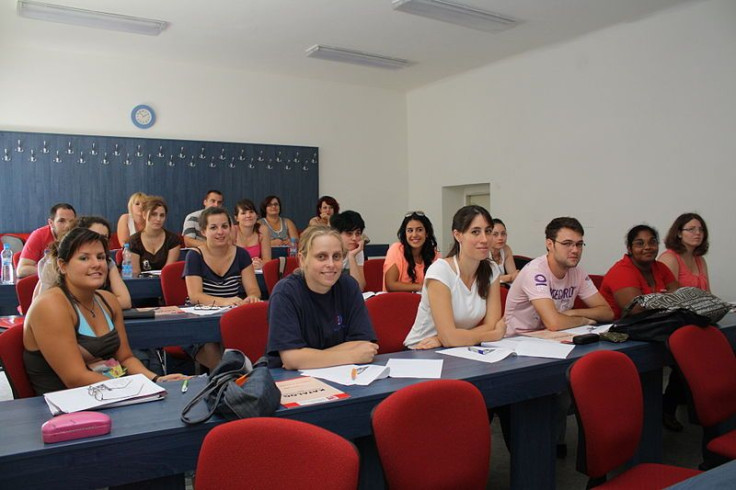Autistic and Learning Disabled Students Discover More Colleges and Services Are Available To Them

As understanding of autism and learning disabilities has grown over time, people have become increasingly aware that such disorders may not be linked to intellectual disability --- quite the contrary in some cases. Greater receptivity, then, has spread from individual to individual as well as among institutions. An article written by Justin Pope of the Associated Press explores the many new programs at colleges geared toward students with disabilities, including autism spectrum disorder (ASD). It illuminates the ways in which our society is embracing as opposed to discarding these significant members.
Adulthood
Within his article, Pope highlights a recent study published in Pediatrics in which researchers examined the prevalence of postsecondary education and employment among young individuals with an autism spectrum disorder. After collecting information on young adults with an ASD, the researchers analyzed their levels of participation in postsecondary employment, college, or vocational education. Next, they collected similar data for individuals with speech/language impairment, learning disability, and mental retardation. Finally, they compared and assessed the two groups.
What did the researchers find? Compared with individuals in other disability categories, those with ASD were less likely to be employed and most likely to be 'non-participatory' in general. More than half who had left high school in the past two years did not participate in either employment or education. On a more hopeful note, during the first six years after high school, a little more than a third (about 35 percent) had attended college and over half (about 55 percent) had held paid employment.
"Further research is needed to understand how transition planning before high school exit can facilitate a better connection to productive postsecondary activities," wrote the authors in their paper.
About 50,000 teens with an ASD turned 18 years old last year in the US alone. Many of them, along with their parents, wondered what kind of life they might expect after high school. The 11th edition of The K&W Guide to College Programs & Services for Students with Learning Disabilities or Attention Deficit/Hyperactivity Disorder includes profiles of more than 350 schools with targeted admissions, services, and policies for learning disabled students. A quick perusal of its contents indicates that many services are now available to such students, including tutors, note-takers, oral exams, and extended test time. This Princeton Review edition also outlines strategies and other transition options for students who want to continue to pursue independent living skills and educational development other than at college. In short, the world is opening up to those who may have challenges but are not intellectually disabled, including some individuals diagnosed with ASD.
Developmental Disabilities
According to the Centers for Disease Control and Prevention, autism spectrum disorders are a collection of developmental disabilities characterized by impairments in social interaction and communication and by certain patterns of behavior. About one in 88 children has been identified with an ASD, which are almost five times more common among boys (one in 54) than among girls (one in 252).
Despite on-going research, what is known about the cause of the disorder remains somewhat sketchy. It is a fact that children born to older parents are at a higher risk for ASDs, which commonly co-occurs with other developmental, psychiatric, neurologic, chromosomal, and genetic diagnoses. The co-occurrence of one or more non-ASD developmental diagnoses, according to the CDC, is 83 percent, while the co-occurrence of one or more psychiatric diagnoses is 10 percent. The suggestion of a genetic basis to the causes of ASD most definitely exists. Among identical twins, if one child has an ASD, the other twin will be affected about 36 to 95 percent of the time. Non-identical twins, though, show a much smaller percentage of co-incidence. If one child has an ASD, then the other is affected about zero to 31 percent of the time.
As scientists explore the factors that may cause this developmental disorder, those who live with ASD and their families welcome increasing receptivity from society at large.
Source: Shattuck PT, Narendorf SC, Cooper B, et al. Postsecondary Education and Employment Among Youth With an Autism Spectrum Disorder. Pediatrics. 2012.



























